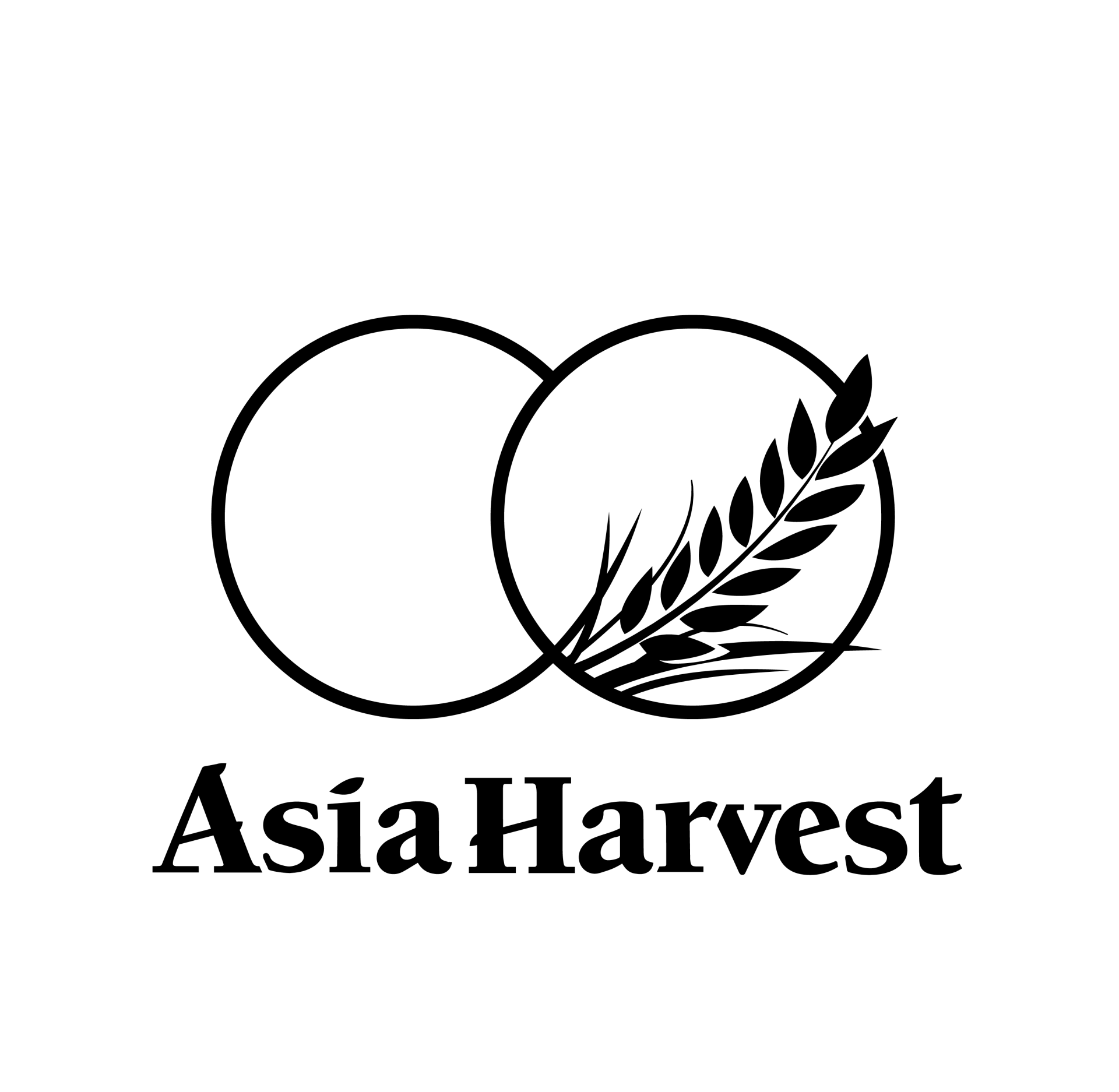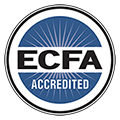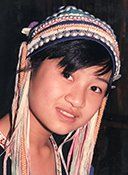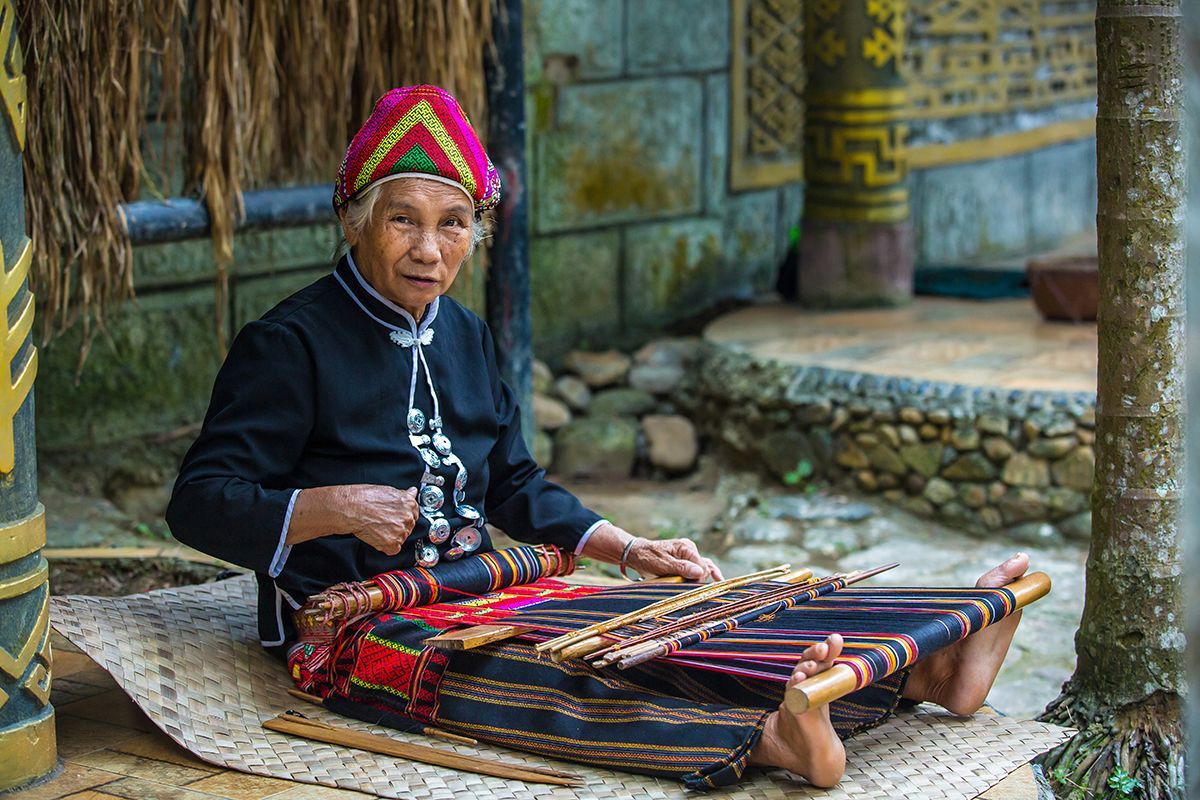© This article is an extract from Paul Hattaway's epic 656-page China’s Book of Martyrs, which profiles more than 1,000 Christian martyrs in China since AD 845, accompanied by over 500 photos. You can order this or many other China books and e-books here.
1934 - John & Betty Stam
December 8, 1934
Miaoshou, Anhui
John Stam.
One of the most well-known martyrdoms in the history of Christianity in China occurred in December 1934, when a young American missionary couple, John and Betty Stam, were beheaded in Anhui Province along with a Chinese Christian named Zhang Shuisheng, who had pleaded for the Stams’ release.
John Stam was of Dutch immigrant ancestry. His family had settled in New Jersey, but from an early age he had felt burdened for China, a land in which he often reminded people, “a million a month pass into Christless graves.” The early 1930s were a difficult time both in China and in America. In America the Great Depression was wreaking havoc with the economy, and great hardship was felt by all. In China the rise of the Communists was seriously disrupting missionary work. The Red Army seemed to be daily growing in size and strength. Numerous missionary bases were forced to close, and workers were being evacuated from areas near the Communist forces. Stam considered these events as mere distractions to God’s work, and nothing that could force him to alter his commitment to Christ and to China. When he was asked to speak to the Moody Class of 1932, Stam gave the following stirring challenge:
“Shall we beat a retreat, and turn back from our high calling in Christ Jesus, or dare we advance at God’s command in the face of the impossible? …. Let us remind ourselves that the Great Commission was never qualified by clauses calling for advance only if funds were plentiful and no hardship or self-denial was involved. On the contrary, we are told to expect tribulation and even persecution, but with it victory in Christ.”[1]
Betty Stam.
Betty was the daughter of missionary parents in China, and so was brought up familiar with Oriental language and culture. While she was attending school in America, everyone expected her to return to China to start her own career as a missionary. Before she was appointed for service, Betty wrote,
“I want something really worth while to live for. Like most young people, I want to invest this one life of mine as wisely as possible, in the place that yields richest profits to the world and to me…. I want it to be God’s choice for me and not my own. There must be no self-interest at all, or I do not believe God can reveal His will clearly…. I know very well that I can never realize the richest, most satisfying, life Christ meant for me, if I am not giving my own life unselfishly for others. Christ said: ‘He that would find his life shall lose it,’ and proved the truth of this divine paradox at Calvary. I want Him to lead, and His Spirit to fill me. And then, only then, will I feel that my life is justifying its existence and realizing the maturity in Him that Christ meant for all men, in all parts of the world.”[2]
John and Betty first met at the China Inland Mission prayer meetings at the Moody Bible Institute in Chicago. Betty was a year ahead of John, so after graduating she made her way to China first, living in Shanghai. John arrived and a year later they received permission from the CIM to marry. The Stams were united on October 25, 1933. Soon after, joyous news came that Betty was pregnant. In September 1934 Helen Priscilla was born in a Methodist mission hospital.
The Stams were assigned to Jingde in southern Anhui Province. After many weeks of arduous boat and overland travel they arrived at their new home. Communist activity in this part of Anhui had lessened in the previous years, and both the Stams and their mission leaders felt the risk of an insurgency in Jingde was extremely low. The Jingde city magistrate welcomed the Stams and gave a personal assurance that they would be safe from the Communists.
John & Betty Stam.
Almost as soon as they had settled in, the Stams started to hear rumours of the Red Army nearing Jingde. It was impossible to tell which stories were imaginary and which contained truth; such was the frequency and inconsistencies of the information reaching their ears. Suddenly, on the morning of December 6, 1934, a letter was rushed to the Stams’ house from the City Magistrate, informing them that 2,000 Communist insurgents were just four miles (six kilometres) from the city. The Stams were advised to flee. The magistrate, who just a few weeks before had personally guaranteed the Stams’ safety, was one of the first to flee Jingde. While the insurgents entered through the East Gate of the city the magistrate and other officials escaped through the West Gate.
The Communist soldiers made their way directly to the mission compound. They broke open the lock on the gate and rushed to the front door of the house. John Stam calmly opened the door and welcomed the men inside. Betty “served them tea and cakes while John tried to explain their peaceful intentions. When they finished their tea, the visitors politely said, ‘You will go with us.’”[3] John pleaded with the soldiers to let his wife and baby daughter remain behind, but his request was refused.
The Stams were held in the Jingde Prison for the remainder of the day. The soldiers forced John to write a letter to the CIM headquarters in Shanghai, outlining their ransom demand. Stam knew the request would not be considered, as it was the strict policy of the mission never to pay a ransom for a kidnapped worker, believing such an action would only encourage more kidnappings and result in a more dire situation overall. John’s letter displays his faith and courage, and also reveals that he was well aware of the likely outcome of his life:
December 6th, 1934.
China Inland Mission, Shanghai.
Dear Brethren,
My wife, baby and myself are to-day in the hands of the Communists in the city of Jingde. Their demand is $20,000 for our release.
All our possessions and stores are in their hands, but we praise God [we have] peace in our hearts and [we had] a meal to-night. God grant you wisdom in what you do, and us fortitude, courage and peace of heart. He is able—and a wonderful friend in such a time.
Things happened so quickly this A.M. They were in the city just a few hours after the ever-persistent rumours really became alarming, so that we could not prepare to leave in time. We were just too late.
The Lord bless you and guide you—and as for us—may God be glorified whether by life or death.
In Him,
JOHN C. STAM[4]
One of the other prisoners, as he was being released from Jingde Prison, overheard the soldiers discussing what to do with the Stams’ baby. The men were irritated by her constant crying, so they decided to kill the baby for their own convenience. The prisoner, whose name remains unknown, stepped forward and said,
“‘Why kill her? What harm has she done?’
‘Are you a Christian?’ shouted one of the Reds.
‘No, I am not,’ was the answer. ‘I am a prisoner you just released.’
‘Will you die for this foreign baby?’ they asked.
‘I will,’ answered the strange criminal. And as the Stams hugged their baby tighter, they saw this prisoner hacked to pieces before their eyes. Thus little Helen Priscilla’s life was spared because of the sacrifice of the life of this Chinese prisoner.”[5]
The next day the Communists abandoned Jingde, taking John and Betty Stam with them, along with little three-month-old baby Helen. After arriving in Miaoshou, the soldiers made John write a second ransom note to the CIM. When the postmaster was summoned to receive the letter he recognized Stam and asked, “Where are you going?” John Stam replied, “We don’t know where they’re going, but we are going to heaven.”[6] John and Betty Stam were bound with ropes that cut deeply into their wrists, then stripped of their outer clothing, leaving them in their underwear. John was tied to a bedpost throughout the night, while Betty was allowed to attend to the needs of her baby.
The next morning they were paraded through the town, with the whole population rallied to come out and witness the execution of the “foreign devils.” The Communists cursed and ridiculed them as they were marched through the streets. The procession wound its way up a small hill, called Eagle Hill, to a line of pine trees. Miaoshou had been visited by missionaries for a number of years, so there were a small number of believers there. On their way to the execution spot,
“the Stams saw a medicine seller named Zhang Shuisheng [Chang Hsui Sheng], who had been a rather lukewarm Christian of Miaoshou. He pleaded on his knees for the release of John and Betty when he saw that the Reds were determined to behead the courageous couple. The Communists bound him, and searching his house later they found both a Bible and hymn book. They needed no further proof that he too belonged to this foreign group, so they took him with the Stams and later killed him also.”[7]
The Stams were ordered to kneel in the dust. Their biographer recounts the events that followed:
“A huge sword was in the hands of one of the young Communists. John spoke only a few words as he knelt on one knee. Probably only his wife understood what he was saying. Without a doubt, he was reaffirming his faith in God and thanking God for this privilege of witnessing for Him, even if it meant giving up his life. While he was talking, he was struck to the ground, his throat having been cut so completely that the head fell beside the slain body….
Betty trembled, but she did not cry out. Her lips uttered a prayer as she fell over the beheaded body of her beloved husband. In this position the cruel hand struck the same blood-stained knife in at the back of her neck and she fell down dead over her husband’s body. John and Betty were one in life and one in death, and one in a martyr’s testimony for the Lord Jesus Christ.”[8]
Remarkably, on the same day that news of the Stams’ death reached America, John’s father, the Rev. Peter Stam, received a letter from his son that had been posted from China many weeks before. In his letter he told about the Communist threat, but reiterated his faith and commitment to serve God in China regardless of the cost. John Stam repeated the poem “Afraid?” written by E. H. Hamilton to commemorate the martyrdom of Jack Vinson in 1931.[9]
A Chinese evangelist named Lo arrived in Miaoshou the day following the martyrdom. He wrapped the bodies in white cotton and prepared them for burial. In a desire to give the Stams the most decent burial possible, Lo lovingly sewed their heads back onto their necks so that those seeing them would not be too upset. The people of Miaoshou came out in large numbers to watch the funeral. The bold evangelist addressed the crowd in a loud voice:
“You have seen these wounded bodies, and you pity our friends for their suffering and death. But you should know that they are children of God. Their spirits are unharmed, and are at this moment in the presence of their Heavenly Father. They came to China and to Miaoshou, not for themselves but for you, to tell you about the great love of God, that you might believe in the Lord Jesus and be eternally saved. You have heard their message. Remember, it is true. Their death proves it so. Do not forget what they told you—repent, and believe the Gospel.”[10]
Evangelist Lo could not discover what had happened to little Helen Stam. Nobody was sure if she had also been killed, or if the Communists had carried her off to their next destination. Lo searched around Miaoshou before finally an old woman pointed to an abandoned house and whispered, “The foreign baby is still alive.” Lo found the Stams’ daughter wrapped up in a blanket, completely oblivious to the events of the previous day. She had been left alone for more than 24 hours, but appeared none the worse for the experience. Later, Lo found a $10 bill hidden inside the baby’s clothing, no doubt secretly placed there by her loving parents so that milk could be bought for her.
Baby Helen, the ‘miracle baby.’
Helen Priscilla Stam came to be known around the world as ‘the miracle baby’. She became the focal point of many newspaper reports. People preferred to read about the saving of her precious life than to contemplate the awful carnage that had murdered her parents and Zhang Shuisheng. Helen was taken to her grieving grandparents, Dr. & Mrs. Charles Scott, at their mission station in Shandong Province. Dr. Scott announced that his daughter and son-in-law “have not died in vain. The blood of the martyrs is still the seed of the church. If we could hear our beloved children speak, we know from their convictions that they would praise God because He counted them worthy to suffer for the sake of Christ.”[11]
Little Helen remained in China in the care of her grandparents until the age of five, and was then adopted by her aunt and uncle who were missionaries in the Philippines. She grew up there before moving to the United States for college. Helen decided to avoid the publicity brought about by her family’s experiences, so took the last name of her uncle to obtain anonymity. She remained in America and later worked as an editor of a scientific journal, as well as being involved in church work.
A U.S. Navy crewman, J. Patrick Jordan, visited a missionary family at Qingdao in 1949. While there he met a guest of the family, Helen Priscilla Stam. Jordan recently wrote,
“I was astounded listening to her story. Then I asked this sweet, cute 14-year-old a question: ‘After all your parents and you went through, and after their being beheaded and you suddenly made an orphan, what are your feelings toward the Chinese now? Do you hate them?’ She immediately responded, ‘Oh, I think they are just wonderful. I love them.’ And then she said to me, ‘Just think, I am alive today because a Chinese man took my place and died for me.’”[12]
Helen Stam, nine months after the death of her parents.
The martyrdom of John and Betty Stam made a significant impact in America and the Western world. Interest was given momentum by a biography of the Stams, which soon ran through eight reprints to meet the huge demand. Hundreds of letters, many containing large financial gifts for the work of China, were sent in from all around the world. For several years the CIM had been in a financial slump because of the Depression, but now the support they were able to send into China for their workers picked up significantly, and remained strong for years to come. Many young men and women offered to go to China to replace the fallen missionaries.
One mission leader remarked, “I personally know of hundreds of volunteers of all ages who gave their lives to the Lord for missionary service because of the death of John and Betty Stam.”[13] A coworker of the Stams wrote to Betty’s grieving parents: “A life which had the longest span of years might not have been able to do one-hundredth of the work for Christ which they have done in a day.”[14]

1. Hefley, By Their Blood, 56.
2. “Glorified in His Saints,” China’s Millions (March 1935), 43.
3. Hefley, By Their Blood, 57.
4. “Glorified in His Saints,” 43.
5. Theodore W. Engstrom, An Hour With John and Betty Stam: Martyred Missionaries to China (Grand Rapids: Zondervan, 1943), 22.
6. See Jacob Stam, John and Betty Stam: Martyrs (Grand Rapids: Zondervan, 1935).
7. Engstrom, An Hour With John and Betty Stam, 24.
8. Engstrom, An Hour With John and Betty Stam, 25.
9. See the profile of Jack Vinson (1931) for the text of this famous poem. Many sources have accredited John Stam with being the author of this poem, while others have credited Jack Vinson. Actually, neither is true. It was written by the Southern Presbyterian missionary E. H. Hamilton, who had been inspired by the testimony of Vinson’s martyrdom.
10. Hefley, By Their Blood, 58.
11. Hefley, By Their Blood, 58-59.
12. Rev. J. Patrick Jordan, personal communication, 16 August 2005.
13. John D. Woodbridge, Ambassadors for Christ: Distinguished Representatives of the Message Throughout the World (Chicago: Moody Press, 1994), 185.
14. Hefley, By Their Blood, 59. For more information about the lives and martyrdoms of John and Betty Stam, see Eugene Schuyler English, By Life and by Death: Excerpts and Lessons from the Diary of John C. Stam (Grand Rapids: Zondervan, 1938); W. H. Hockman, “Our Martyrs,” Moody Monthly (vol.35, no.6, February 1935); Lee S. Huizenga, John and Betty Stam—Martyrs (Grand Rapids: Zondervan, 1935); Clara Scott & Charles Ernest Scott, “In Memory of Elizabeth Alden Scott Stam,” Moody Monthly (vol.35, no.6, May 1935); and Mary Geraldine Guinness Taylor, John and Betty Stam: A Story of Triumph (Chicago: Moody Press, 1935).




